- 117 Posts
- 154 Comments

 2·13 days ago
2·13 days agoI don’t work in hiring, but I do enjoy interactive portfolios. That said, I think this could get frustrating really quickly for people who just want a quick overview of who you are, what you work on, how to contact you, etc… Recruiters have hundreds of applications to sift through, they might not have the patience to wade through dialogue. Maybe keep important information easy to access and make the rest a fun game for those who enjoy it.
Anyway, this looks great and I love the voice acting!
I’d recommend making the world smaller and highlighting NPCs so they wouldn’t get lost or wonder what to do. Also be aware that a lot of people browse on phones or tablets, so this needs to play nice with portrait mode as well.
I use Joplin. It’s fairly simple and very comparable to Evernote if you’ve ever used that, but it’s perfect for my needs.
I used LogSeq before, it’s very similar to Obsidian, the big difference being that it’s open source. It’s got a ton of features and the built-in whiteboard is actually really good, but I found it a bit overkill for my simple note taking.
- Logseq also makes each line start with a bulleted list which quickly made me go insane

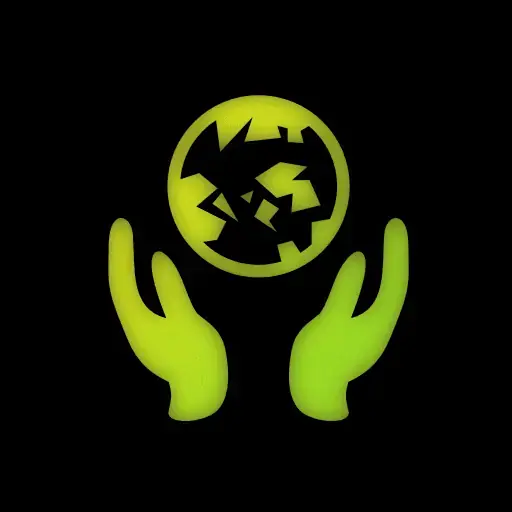 5·21 days ago
5·21 days agoElectron isn’t here to compete with anyone. It’s a free open source community effort filling a gap. If you want to defeat Electron, you will need to fill it too; and you will need to do a better job than Electron is doing today — at the things that allow us to deliver a good experience.
I think that’s the big takeaway, people like hating Electron (like yours truly), but if you want Electron to stop being so common there needs to be an alternative that’s as powerful and flexible. Nobody wants to make that. Electron works, it’s stable, it’s industry standard, it’s not performant but it performs well enough, and you can’t beat web browsers in having a massive ecosystem where everything just works.
Tauri tried to be the Electron killer but it became apparent that OS-specific web-views aren’t something developers want to deal with, and IIRC they’re also looking into embedding a browser runtime which will make it more or less Electron again…

 1·21 days ago
1·21 days agoI appreciate the rundown! I started getting used to Emmet now, it’s certainly more friendly than it looks. I think this is what I was looking for.
The short-hand for CSS in Emmet is also pretty neat, but It’ll take some time to get used to it.
w75p m10turns intowidth: 75%; margin:10px
I can’t wait for the new game tab. There’s been at least a few times where I needed to go through something frame-by-frame to see what’s going on.

 2·1 month ago
2·1 month agoI also bought a PSTV when they were on clearance for less than 20 bucks, makes for a nice little gaming console for the bedroom or guest bathroom.
The… Guest bathroom???

 5·1 month ago
5·1 month agoI owned a PSP Go a few years ago, it’s a great device. I loved how tiny it is, but the screen was a little too small for me, and it didn’t handle emulation that well. Loved playing Lumines and Patapon on it, though!

 9·2 months ago
9·2 months agothis is actually a plot point in the graphic novel Eight Billion Genies, where people would make a wish by reading a really long contract for hours that covers all the possibilities and caveats. You’d enjoy it, OP.

 5·2 months ago
5·2 months agothat assumes you know exactly what you want though, which I think most people wouldn’t at the time of making the wish

 2·2 months ago
2·2 months agoThis is great, I’ve always liked gliding games!
Some feedback:
-
The one thing that threw me off was how delayed flapping your wings is. Pressing space means you’d flap maybe 1.5 seconds later. It would be great if flapping was way faster and you’d instead have a cooldown animation, rather than waiting and then flapping the wings.
-
It might just be a skill issue, but I felt like boosting is too fast and I constantly overshot the finish.
-
It would be great if you can see the score of each completed level in the main menu.
-

 4·2 months ago
4·2 months agoNot sure about the context of a game, but I’ve used this to replace some UI nodes when the game switches to portrait mode on mobile. Sometimes it’s just easier to use different containers.
From what I understand: 3D performance in general needs to be improved. Even if you’re not rendering them, having tens of thousands of nodes in the tree kills performance. The global illumination used in Godot is also really taxing. Terrains are an extension rather than built-in to the engine and probably doesn’t have feature parity with other engines’ terrain systems.
4.4 did a lot to improve things but there’s still a ways to go before big open worlds can happen.
Also WASM can’t directly manipulate the DOM so it can’t really be used for handling HTML/CSS, all front-end stuff still has to be done with JS.
Right now. WASM has been supported by every browser for a while now, and most webapps are made with WASM. That said, it’s not a replacement for Javascript, most people only use it on things that need to be high performance like heavier apps and web games. Nobody really makes websites that rely on WebAssembly instead of JS to my knowledge.

 3·4 months ago
3·4 months agoYou can backflip in mid-air which is useful to go a little higher or cancel the direction you’re moving in. I don’t remember the exact control for it, but I think it was double tapping after jumping.

 5·4 months ago
5·4 months agoThe fun part of this game is hearing such differing opinions, I had someone explain that Block Koala was their favorite. I personally didn’t gel with Planet Zoldath, it’s conceptually neat but I found it very tedious. Glad you enjoy it though!

 20·4 months ago
20·4 months agoThey explain their reasoning here: https://godotengine.org/article/about-official-console-ports/ .

 281·5 months ago
281·5 months agoI remember so much pessimism last year that people’s complaints will change nothing and that almost every Unity dev is too deep and won’t be able to switch engines.
Well, guess what, so many people did switch and Unity did feel the hurt. The community really did take action.
Everyone’s going to (rightfully) dunk on Unity but I think this is a great move and it’s nice that the engine isn’t going away. Competition is always good, and I’m happy for the devs that did stick with the engine. Lots of studios celebrating on social media with a sigh of relief. I still think Godot is going to eat Unity’s lunch the next few years so they better step it up.
Very good stuff in this update! The new page quickly showing all the changes is also a lot easier to digest than a 5,000 word essay blog post.
I’ve already been on 4.3 since the dev previews, so more than anything I’m excited for this release so the team can finally get to merging all those PRs that were shelved for 4.4. Lots of performance optimizations and big changes I’m excited for are coming in that next update. The wait continues!




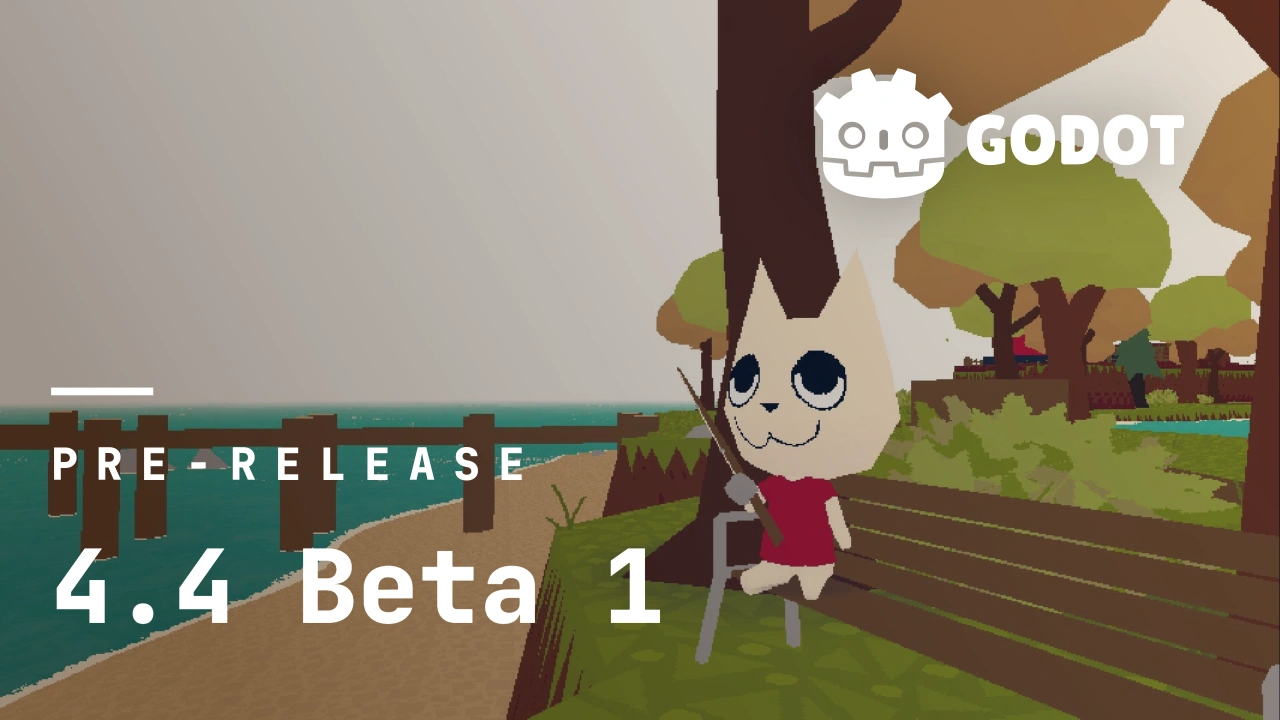
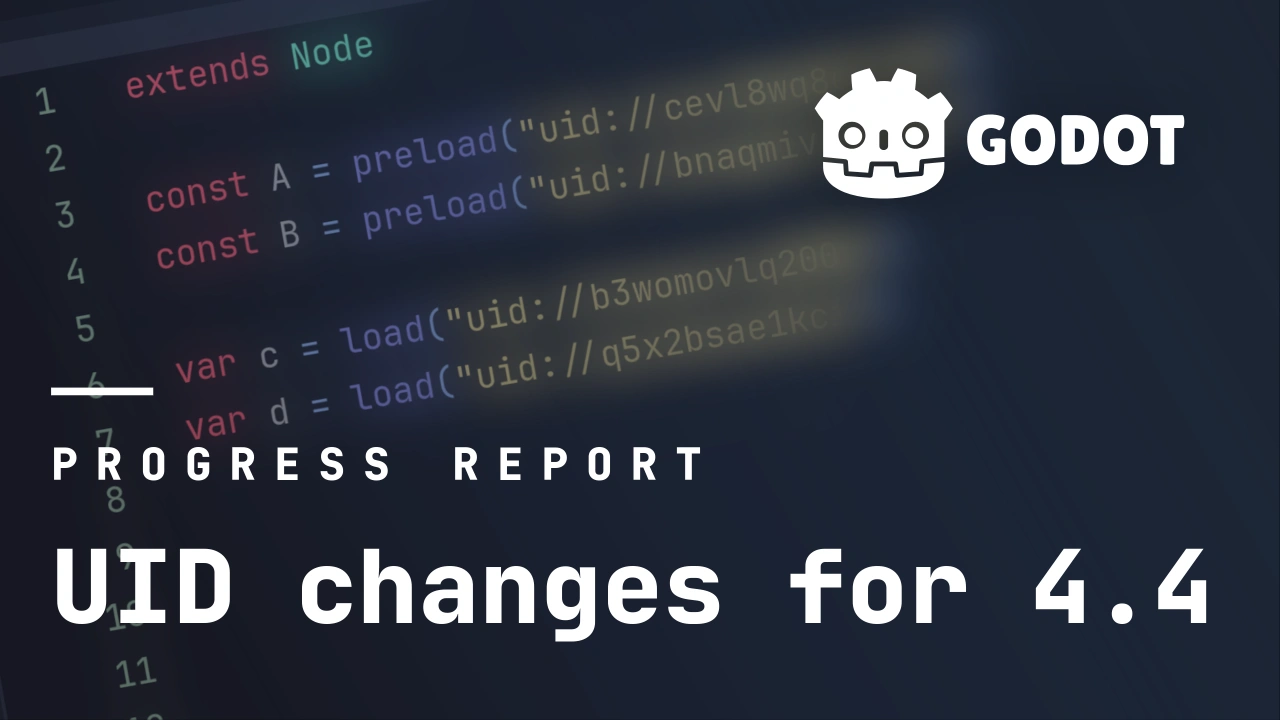


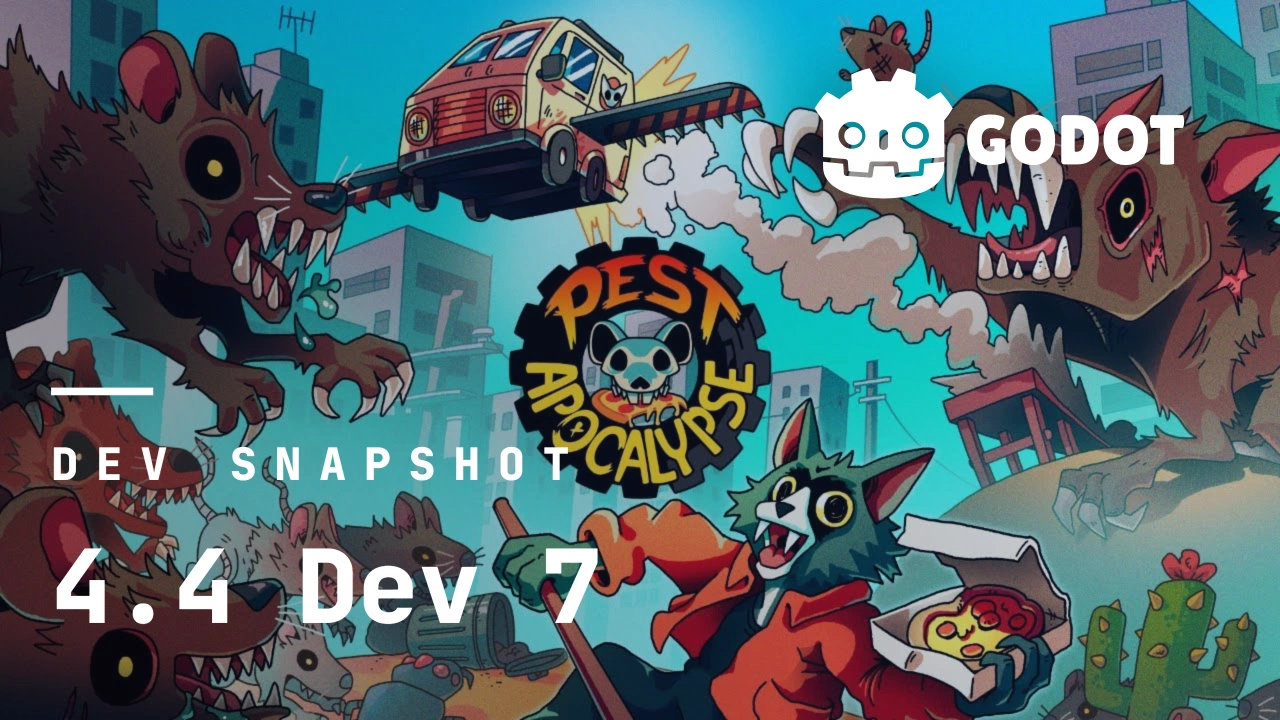
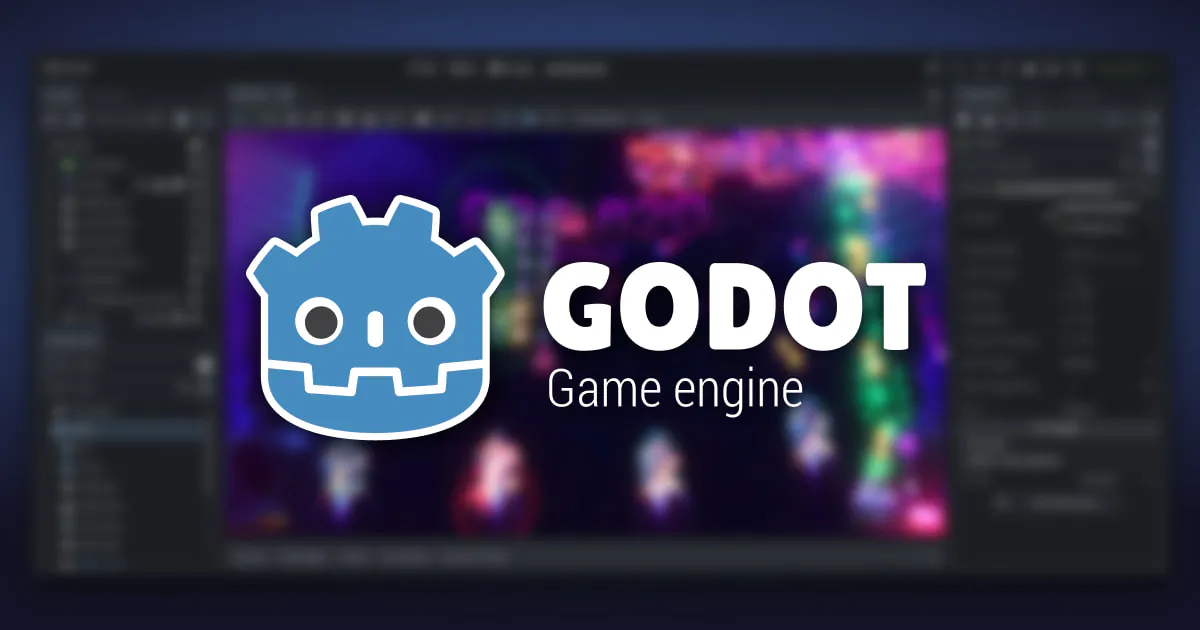


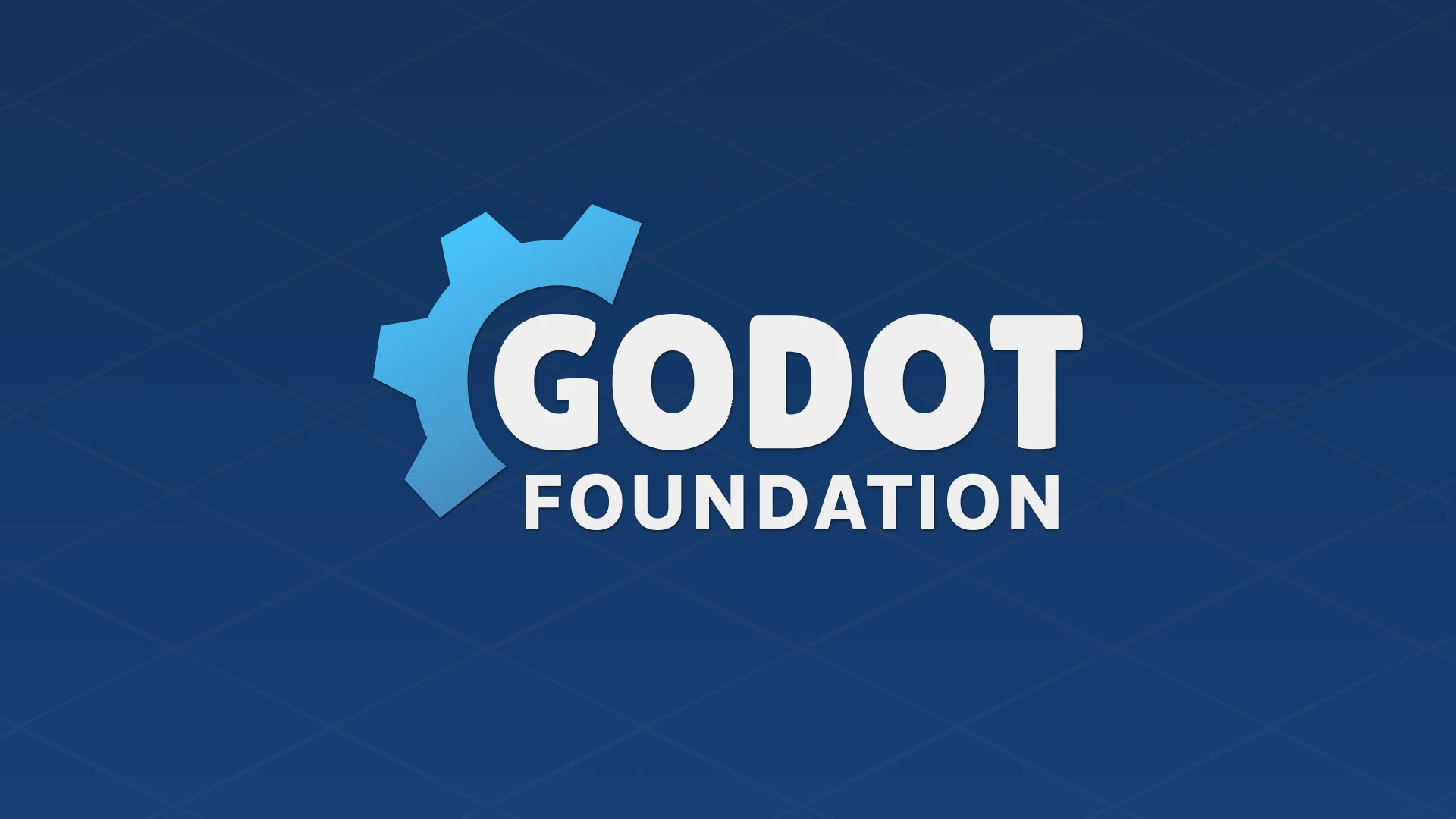

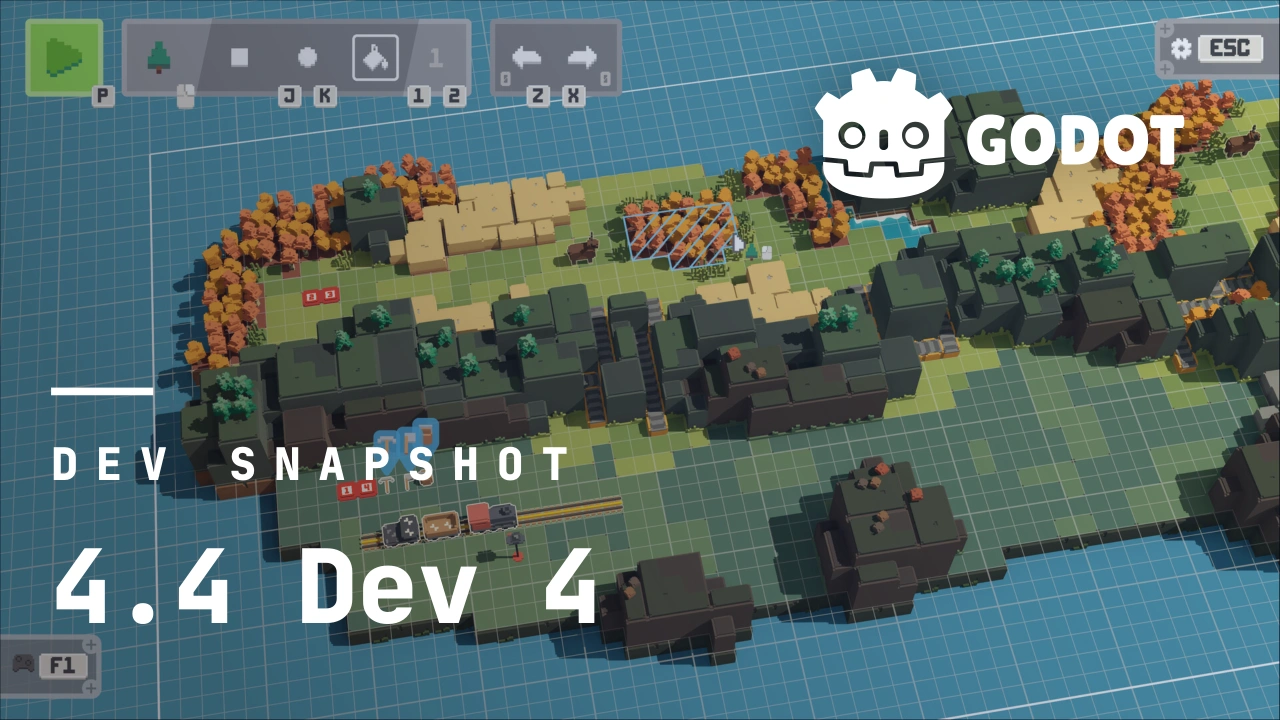

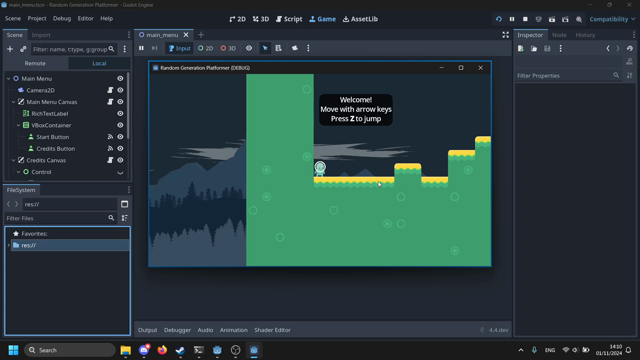

It’s not a thing and I totally agree it should exist, there’s a proposal for it on GitHub.
If you want to handle different types, the right way of doing it is giving your parameter a generic type then checking what it is in the function.
func _ready(): handle_stuff(10) handle_stuff("Hello") func handle_stuff(x: Variant): if x is int: print("%d is an integer" % x) elif x is String: print("%s is a string" % x)This prints
10 is an integerandHello is a string.If you really, really need to have a variable amount of arguments in your function, you can pass an array. It’s pretty inefficient but you can get away with it.
func handle_stuff(stuff: Array): for x: Variant in stuff: if x is int: print("%d is an integer" % x) elif x is String: print("%s is a string" % x)Then you can pass [10, 20, 30] into it or something. It’s a useful trick.